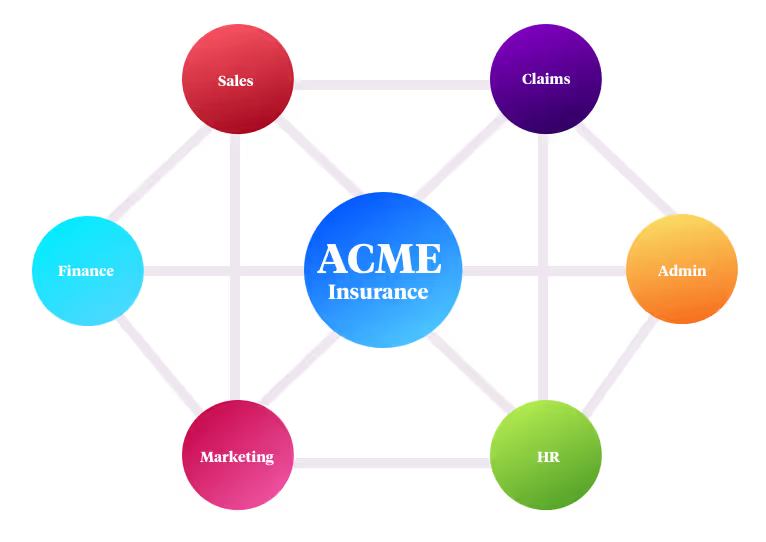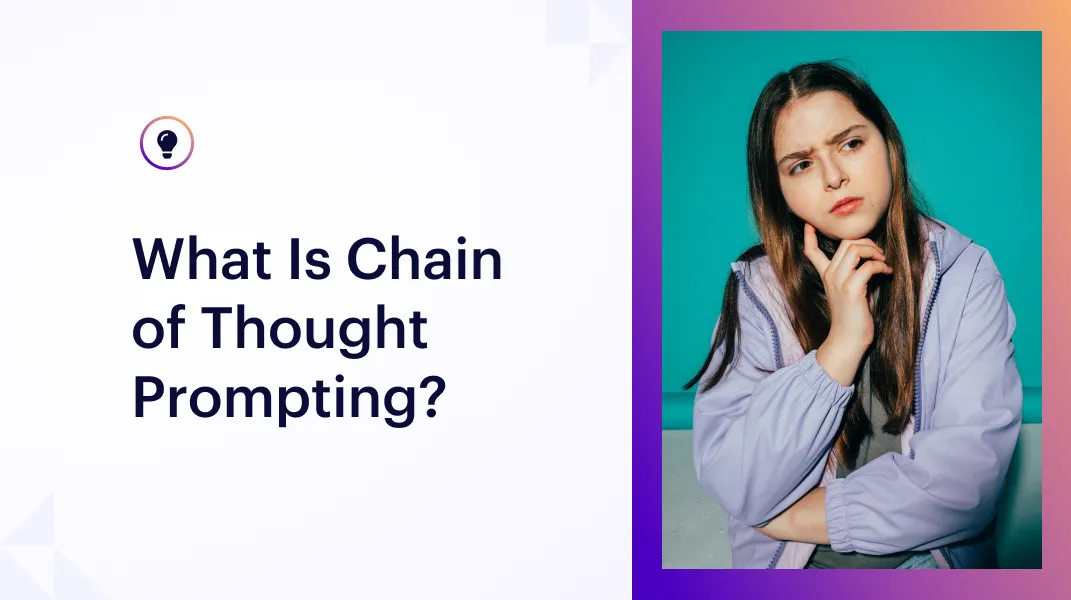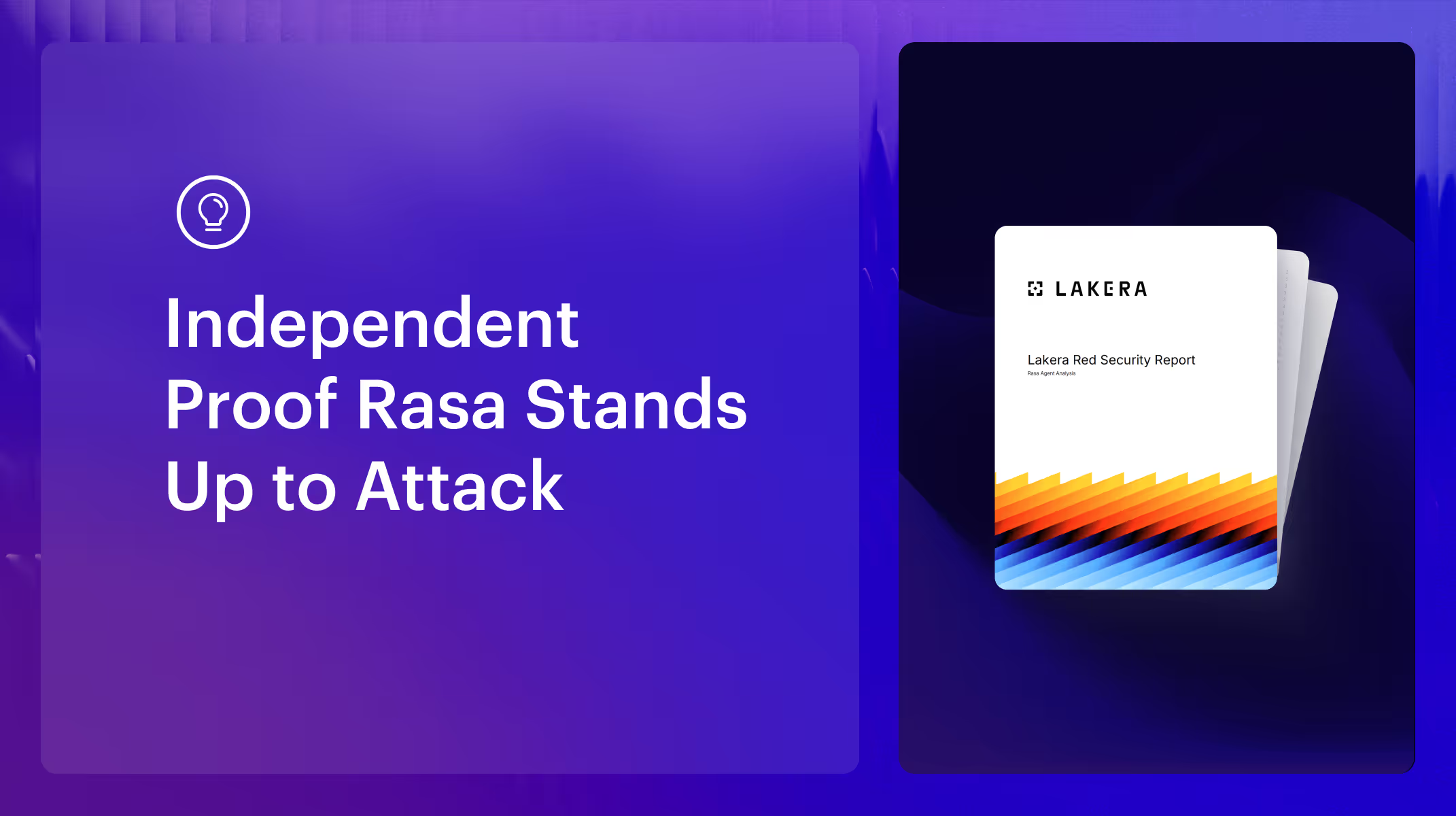I wanted to give a bit more detail to the concept of five levels of AI assistants. We've been talking about it at Rasa for some time, and recently wrote about this on the O'Reilly blog. This is our way of quantifying the path that AI assistants have been following, and will travel over the coming years. This is your guide to understanding the path to true conversational AI.
We are still in the early days in the development of AI assistants, as most chatbots can only handle simple question and answer pairs. However, Google Duplex captured the zeitgeist and showed the public what the next level of AI Assistant could do for them. At Rasa, we've been working on open source tools that allow makers to expand their assistants to handle such contextual dialogues and have seen successful implementations in the enterprise. So we wanted to outline how we see AI assistants evolve over the next decade.
Let's start this explanation with this diagram, noting the distinctive levels of capabilities on the right, the timeline on the left, and example experiences at each level:
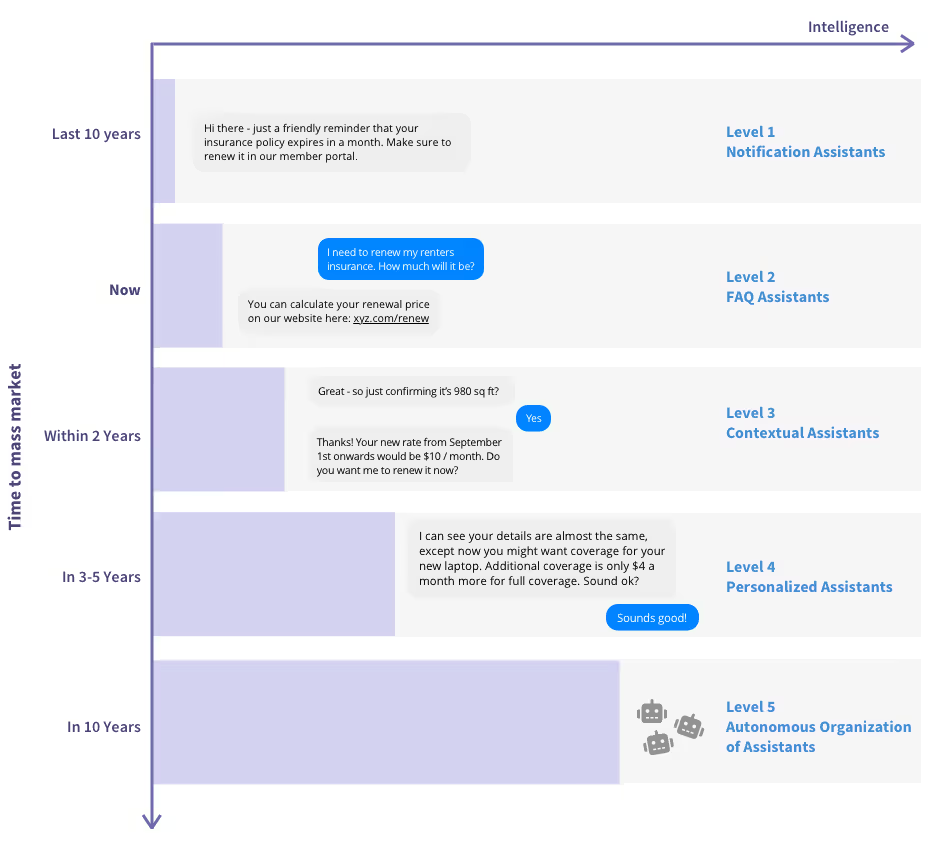
The best way to explain this concept is through an example - let's say renters insurance. This is a common product taken out to protect a tenants belongings in case of fire, theft, or damage, as well as any liabilities caused to a home through accidents or negligence.
How do AI assistants help when it comes to this insurance?
Level 1: Notification Assistants
This level we have experienced, and it's as simple as receiving notifications on your phone but they show up in a messaging app like WhatsApp instead. This is how push notifications work on iOS and Android devices, with basic settings.
Example: You have signed up to be contacted by your renters insurance company via Facebook. A notification assistant would send you a message on Messenger that you have to renew your insurance in one month.
If you then want to know some details - like "How much is the renewal?", nothing happens, or a human agent gets back to you.

Level 2: FAQ Assistants
This is the most common type of assistant right now. The assistant allows the user to ask a simple question and get a response, which is a slight improvement from basic FAQ pages with a search tool. Some FAQ assistants also allow for basic dialogue which means you can have a multi step conversation, and basic back and forth.
Example: With Level 2 assistants, now when you ask the insurance chatbot on Facebook, you actually get a response to your question. However, it is still not interactive - the response is judged as general help, rather than specific help. In response to "how much?" the response will be something like: "You can calculate your renewal price on our website xyz.com/renew"
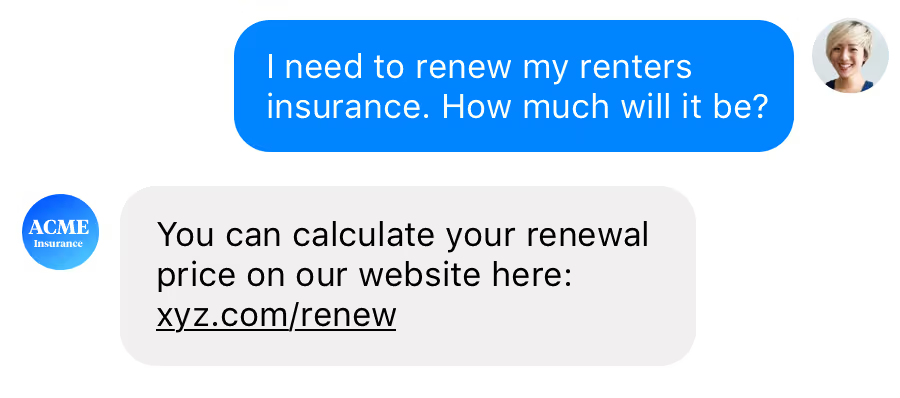
Level 3: Contextual Assistants
As bot developers know, giving users a box to freely type into rarely ends as expected. Context matters: what the user has said before is expected knowledge. Considering context also means being capable of understanding and responding to different and unexpected inputs.
Example: With Level 3 assistants, you're now actually able to get a quote for the renewal with multiple follow-up questions and answers allowing a price to be reached. For example, you'll be asked if you still live in the same flat, and if anything has changed. After a short interaction, the price is set and you can directly buy the new policy in Messenger.

Level 4: Personalized Assistants
As you might expect from a human that gets to know you over time, AI assistants will start to operate in the same way. At this level, an AI assistant will learn when it's a good time to get in touch and proactively reach out based on this context. It will remember your preferences and give you the ultimate, personalized interface.
Example: A Level 4 assistant will knows you much more in detail. It doesn't need to ask every detail, and instead quickly checks a few final things before giving you a quote tailored to your actual situation.
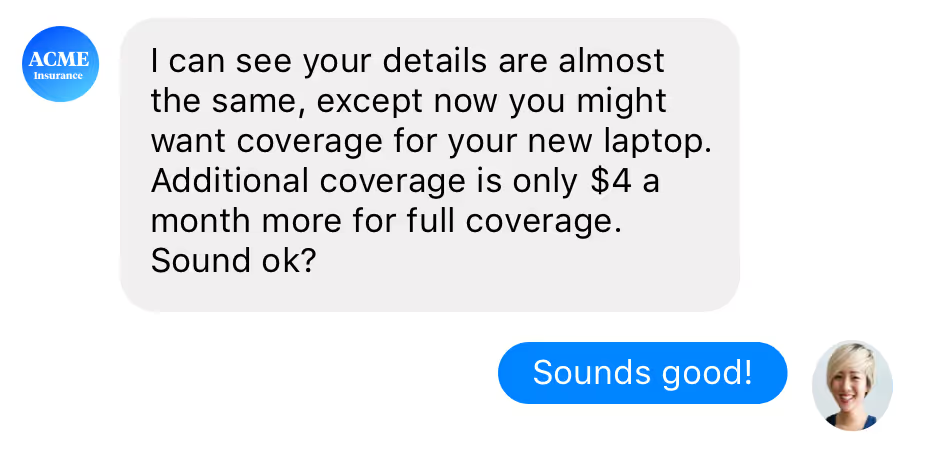
Level 5: Autonomous Organization of Assistants
Eventually, there will be a group of AI assistants that know every customer personally and eventually run large parts of company operations-from lead generation over marketing, sales, HR, or finance. This is a vision we see as reality, even if it is as far as a decade away.
Example: To complete the renters insurance scenario at Level 5, enter the world of an autonomous insurance company. In all examples before, most probably humans were still involved in the backend process with constant checks and balances. Now the end to end is done by AI - anything from underwriting to claims to discounts. AI also judges if you might be able to take advantage of a different policy based on data points from your life, freeing you from a decision.
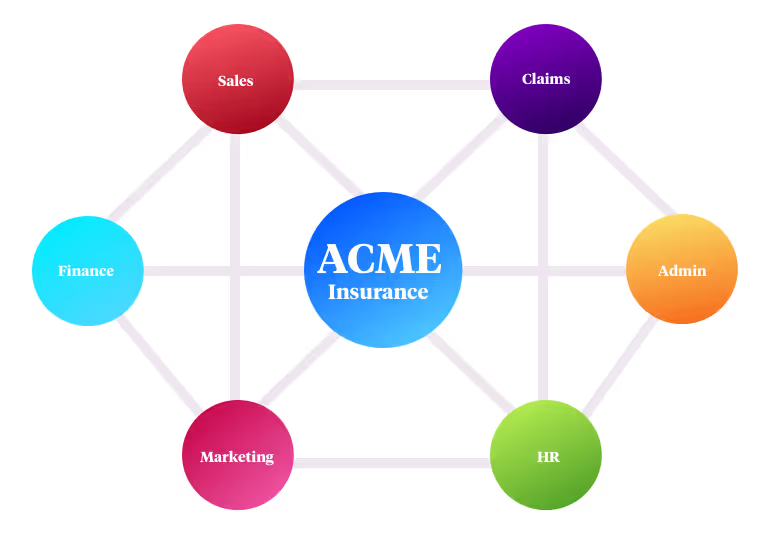
True level five capabilities for AI assistants will lead to a significant shift for society, with many implications for businesses and their customers. Leaders who can see this future and understand its importance-and ensure that intelligence isn't outsourced in return for short-term profit-will be crucial for success.
We already see developers building level 3 assistants with our open source tools - our mission is to empower all makers to build AI assistants that work for everyone.
Want to get involved? Join our community of makers and start building your own today!
Using our open source tools in the enterprise and want to move faster? Check out our commercial offering Rasa Enterprise.
